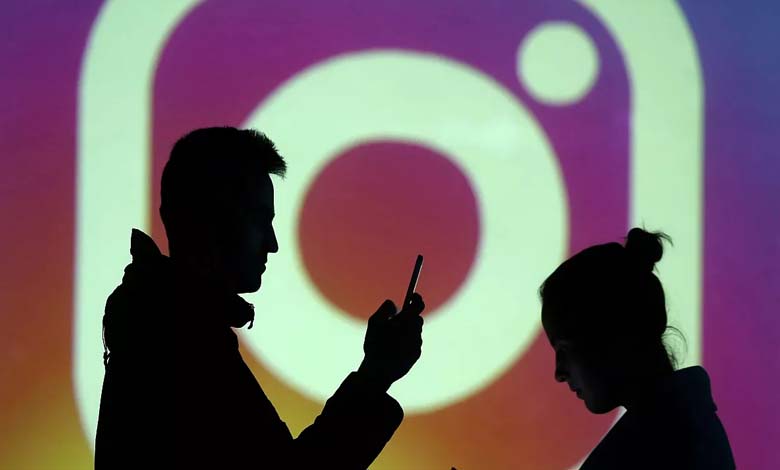To Protect Them: Instagram Bans Live Streaming for Teen Users

In today’s fast-paced digital world, the safety of minors on social media has become a growing concern. Among the platforms most used by young people, Instagram stands out as a favorite. With its instant content, ephemeral messaging, and interactive features like live video, the app draws millions of teenagers every day. But behind this constant engagement lies a darker reality: increased exposure to risks. In response, Instagram has taken a major step—banning live streaming for users under the age of 18.
-
Meta Introduces Features to Attract TikTok Users to Facebook and Instagram
-
To Enhance Engagement: Instagram Adds Features to Broadcast Channels
This decision is part of a broader strategy by Meta, Instagram’s parent company, to strengthen safety measures for minors across its platforms. According to the company, the move follows a comprehensive risk assessment that identified live videos as particularly vulnerable to abuse, harassment, exploitation, and the accidental sharing of personal information.
Live video, while dynamic and authentic, allows little room for control. Unlike traditional posts, real-time broadcasts cannot be easily moderated, making young users more exposed to potentially dangerous situations. Several cases have surfaced in recent years involving cyberbullying during livestreams, and even peer pressure leading to inappropriate or unlawful behavior on camera.
-
“Instagram” introduces new stickers to make stories more fun
-
Instagram” has a new competitor: TikTok launches a new app
By removing access to live streaming for teens, Instagram aims to drastically reduce these types of threats. This restriction is part of a series of updates that include improved privacy settings, expanded parental controls, and automated systems for detecting inappropriate content. For younger users, the platform now offers a more guarded environment—with limited features and enhanced protections.
While this move has been widely welcomed by child safety advocates and digital policy experts, some argue that limiting one feature won’t be enough. Education remains key. Teens must learn how to navigate the online world responsibly, identify toxic behaviors, safeguard their personal data, and report any form of abuse.
-
After Facebook and Instagram… Telegram blocks Palestinian groups… Details
-
Meta responds to ‘suppression of Palestinian posts’ on Facebook and Instagram
Nevertheless, the ban marks a shift in how tech giants approach youth safety. The focus is no longer just on engaging young users at all costs—but on protecting them, even if it means setting firm boundaries.
It’s still too early to measure the full impact of the ban, but one thing is clear: this sends a strong message. Protecting teenagers online must go beyond slogans—it must translate into real action, guided by transparency, accountability, and a deeper commitment to their well-being.












